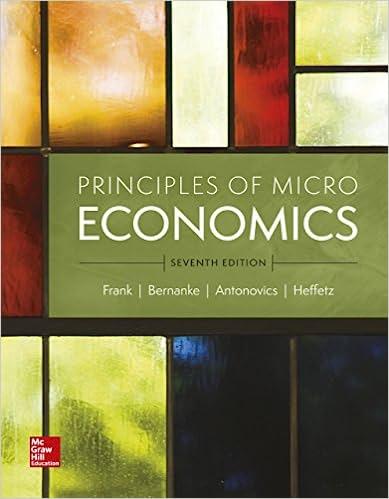


please help me with my homework
The following graph shows the annual market for Florida oranges, which are sold in units of 90-pound boxes. Use the graph input tool to help you answer the following questions. You will not be graded on any changes you make to this graph. Note: Once you enter a value in a white field, the graph and any corresponding amounts in each grey field will change accordingly. Graph Input Tool Market for Florida Oranges 50 Price 15 Supply (Dollars per box) Quantity 900 Quantity Supplied 378 Demanded (Millions of boxes) (Millions of boxes) PRICE (Dollars per box) Demand 0 90 180 270 360 450 540 630 720 810 900 QUANTITY (Millions of boxes) O Home + X F7 F8 F12 F4 F5 F6 F9 F10 F11 S % 5 6 7 8 9 R T Y U O P F G H J K LCENGAGE | MINDTAP Q Search this Homework (Ch 06) In this market, the equilibrium price is |$ per box, and the equilibrium quantity of oranges is million boxes. For each of the prices listed in the following table, determine the quantity of oranges demanded, the quantity of oranges supplied, and the direction of pressure exerted on prices in the absence of any price controls. Price Quantity Demanded Quantity Supplied (Dollars per box) (Millions of boxes) (Millions of boxes) Pressure on Prices 35 15 True or False: A price ceiling below $25 per box is a binding price ceiling in this market. True False Because it takes many years before newly planted orange trees bear fruit, the supply curve in the short run is almost vertical. In the long run, farmers can decide whether to plant oranges on their land, to plant something else, or to sell their land altogether. Therefore, the long-run supply of oranges is much more price sensitive than the short-run supply of oranges. Assuming that the long-run demand for oranges is the same as the short-run demand, you would expect a binding price ceiling to result in a L 2- - O-+ Home End F3 F5 F6 F7 F8 F10 F11 F12 S 3 4 5 6 7 8 O E R T Y U O P D F G H J K C V B N MSearch this Homework (Ch 06) For each of the prices listed in the following table, determine the quantity of oranges demanded, the quantity of oranges supplied, and the direction of pressure exerted on prices in the absence of any price controls. Price Quantity Demanded Quantity Supplied (Dollars per box) (Millions of boxes) (Millions of boxes) Pressure on Prices 35 15 True or False: A price ceiling below $25 per box is a binding price ceiling in this market. True O False Because it takes many years before newly planted orange trees bear fruit, the supply curve in the short run is almost vertical. In the long run, farmers can decide whether to plant oranges on their land, to plant something else, or to sell their land altogether. Therefore, the long-run supply of oranges is much more price sensitive than the short-run supply of oranges. Assuming that the long-run demand for oranges is the same as the short-run demand, you would expect a binding price ceiling to result in a that is in the long run than in the short run. Grade It Now Save & Continue Continue without saving Home End Ins 8-- F5 F8 F11 F12 F3 FA F6 F7 F9 F10 6 O 5 E R T Y U O D F G H J K C V B N M Alt Prise












